China aims to launch the Tianwen-3 Mars mission by 2028, with sample return targeted for 2031, according to chief scientist Hou Zengqian. Unlike Tianwen-1, which used a rover, this mission will deploy a drone for collecting samples remotely, minimizing contamination risks from the probe's landing.
Hou, who is also an academician from the Chinese Academy of Sciences (CAS) shared the information in a recently published interview with the China Science Daily.
According to Hou, the mission's preliminary design includes three sampling methods: surface soil shoveling, deep drilling, and drone-assisted grabbing, to ensure sample diversity and scientific value of the samples.
Drilling two meters deep for sampling will be a world first, Hou noted. Previously, the US Perseverance rover conducted drilling along its path in Jezero Crater, with a sampling depth of about 5 millimeters, only able to collect shallow surface samples. Perseverance is solely responsible for observation and sampling, with sample return requiring support from subsequent missions, whereas Tianwen-3 will accomplish both sampling and return in a single mission.
Calling Tianwen-3 a crucial step in China's planetary exploration program, Hou explained that past deep space missions were primarily engineering-driven—first achieving detection capabilities and engineering breakthroughs, then addressing scientific questions.
Tianwen-3 marks a strategic transition from engineering-driven model to a dual focus on both engineering and scientific goals.
Tianwen-1's successful Mars landing demonstrated China's engineering capabilities. The next step is to determine what scientific questions our Mars exploration aims to address, what goals to achieve, and how to accomplish them. Hou expressed hope that these topics will be shared with the international community to highlight China's scientific strengths.
Elaborating on the mission details, Hou said that the Tianwen-3 mission is planned for launch in 2028, aiming to return at least 500 grams of Martian samples by 2031.
After launch, the probe will take seven to eight months to reach Mars, operate on the planet for about one year, and then return to Earth, with the entire mission taking over three years. Hou said the team aims to lead global efforts in Mars sample return, offering an unprecedented opportunity for both Chinese scientists and the international community to understand the Red Planet.
Hou also outlined three major scientific goals: searching for the potential signs and tracks of life on Mars, studying the evolution of the habitability of the Red Planet and understanding Mars' geological structure and its evolutionary history.
The number of candidate landing sites has been narrowed from more than 80 to 19, with plans to narrow it down to three by 2026 for the launch, Hou said.
Hou noted that the probe's development is divided into prototype, initial sample, and final sample stages, with the prototype stage already underway. The scientific mission team is using various Mars observation data to conduct demonstrative and experimental studies, actively advancing the landing site selection process.









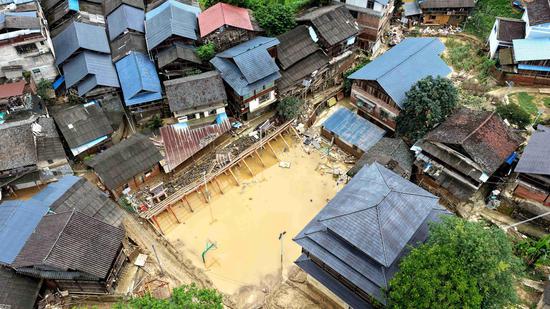









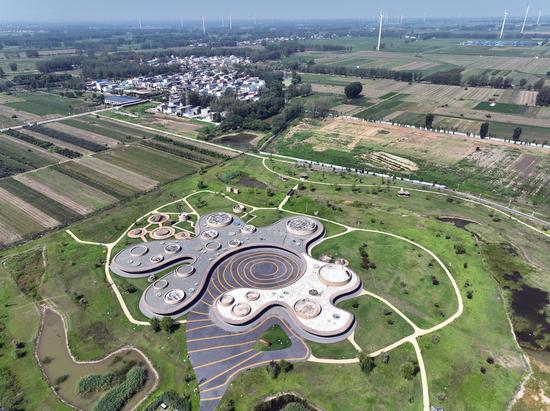



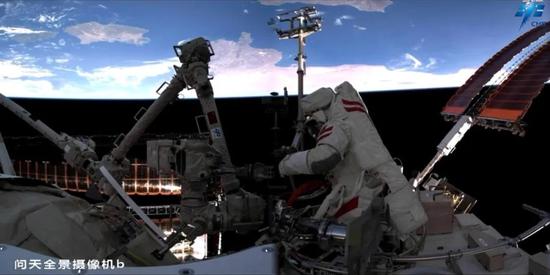

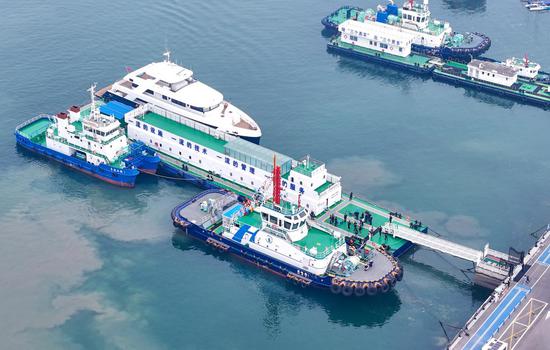





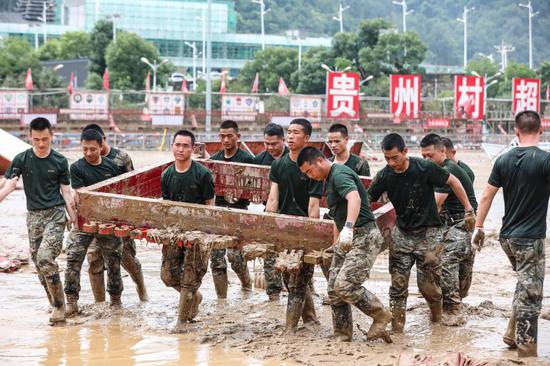






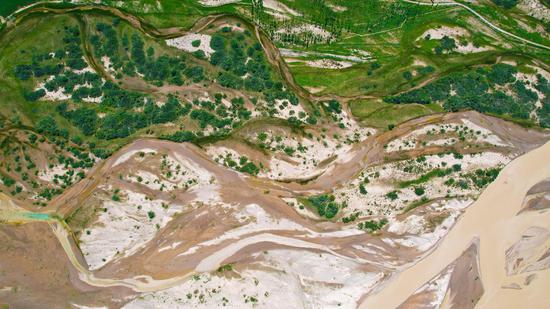



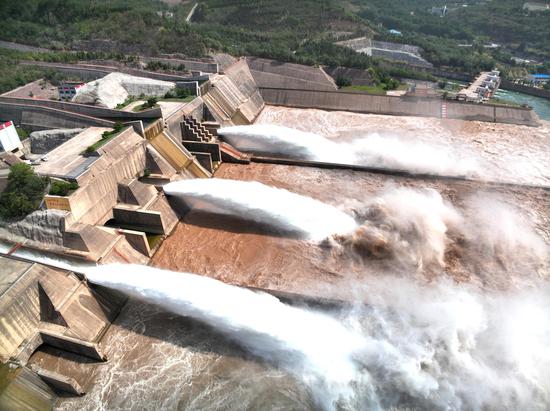

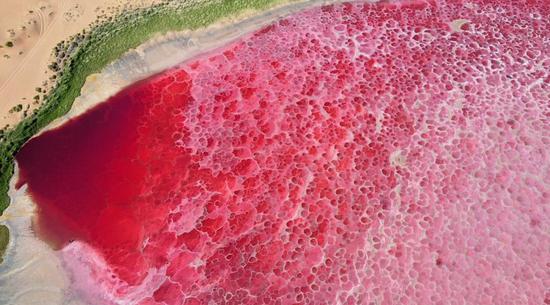





 京公網安備 11010202009201號
京公網安備 11010202009201號